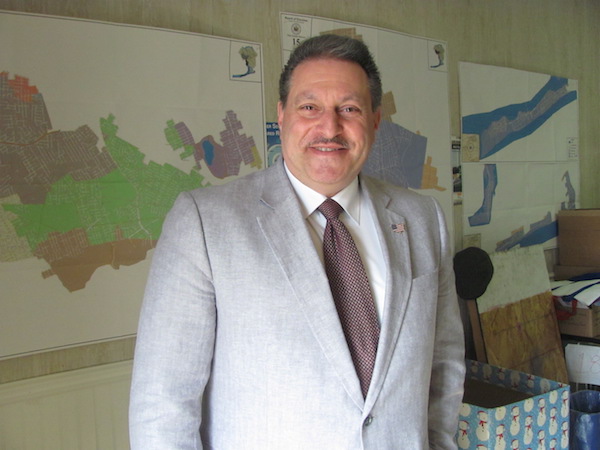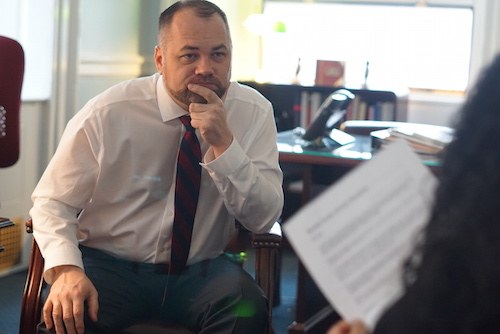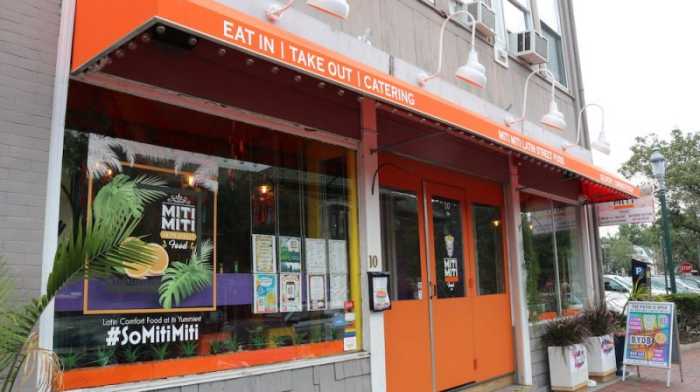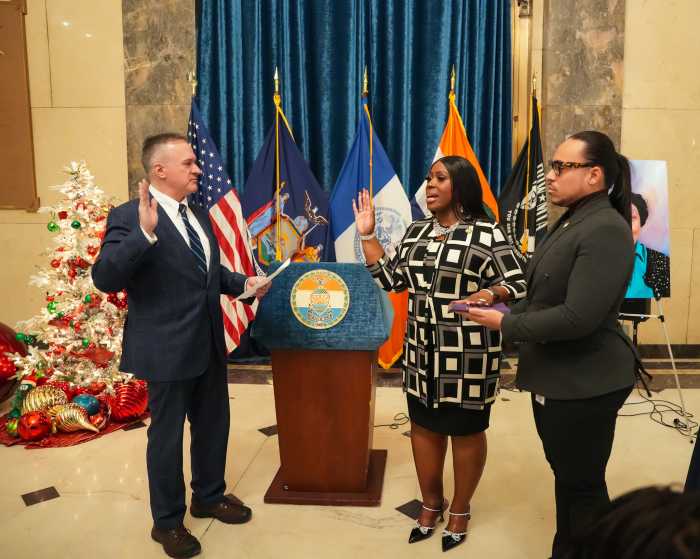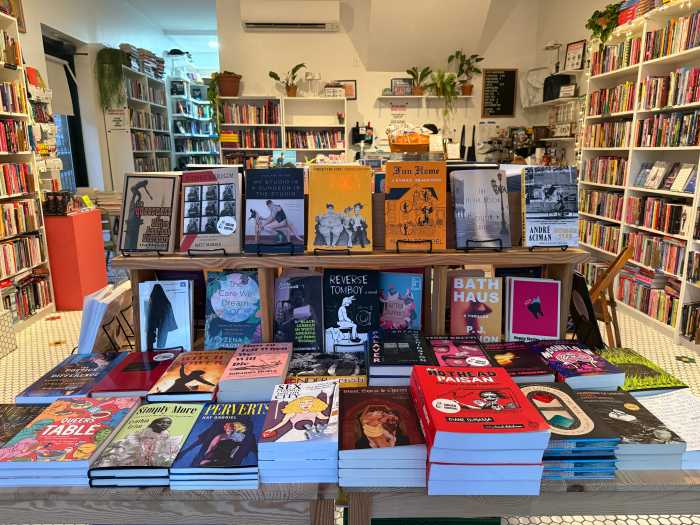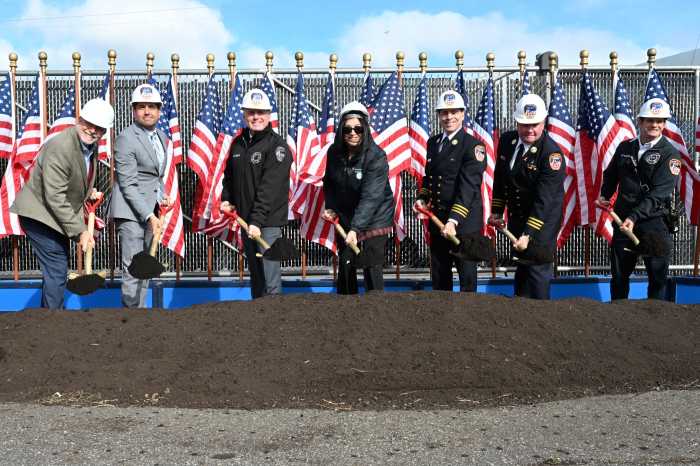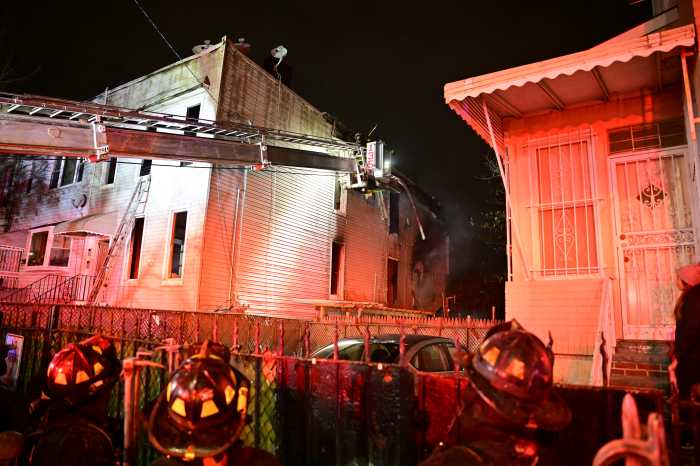Councilmember Brad Lander (D-Cobble Hill, Carroll Gardens, Columbia Waterfront, Gowanus, Park Slope, Windsor Terrace, Borough Park, Kensington) and Community Board 6 hosted a virtual education forum yesterday with about 500 anxious members of the public on the call and watching on the Facebook live stream to discuss public school reopening plans in the fall.
Also in on the conversation were panelists including Department of Education (DOE) Deputy Chancellor Adrienne Austin, Dr. Madhury Ray of the Department of Health and Mental Hygiene (DOHMH), District 15 Superintendent Anita Skop, Brooklyn North Executive Superintendent Karen Watts, and Brooke Parker of the NYC Kids Political Action Committee (PAC).
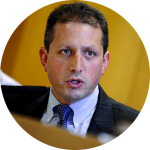
“This is a really daunting task at every level and we have families with all different kinds of challenges,” began Lander before he launched into questioning the panelists. “We’re capable of doing really hard things together and hope that’s the spirit we bring tonight.”
Lander prefaced the meeting by stating that obviously there might not be as full and clear answers as wanted, but everyone has dedicated their time to figuring this out.
Here are some of the main crowdsourced questions and topics raised in the two-hour long meeting:
“When will our schools be able to tell us what model they are using? We understand it’s a little wait and see, but we want to plan our lives.”
Austin: We do have a timeline and it’s based on how many in-person students we’ll have. That number, in addition to how many staff are opting to come back in the fall, will determine programming and what split learning model a school can choose, said Austin.
“It’s hard for me to have confidence in the facility. Do the windows open, are they really cleaning, is there soap, will there really be PPE’s?”
Austin: The priority is to maintain the health and safety of students and teachers. We have electrostatic cleaners that we recently purchased that’s planned for deep cleaning everyday, said Austin, and they are working on ventilation of classrooms.
“How often will there be testing and what are the protocols in place for when someone tests positive?”
Ray: This isn’t the same situation it was in March. Testing and trace is much more available. We do have a health department team that’s working closely with the DOE to develop protocols, but I can’t speak to all the details.
“Who’s really going to be teaching our kids this fall in remote learning? Some said robots.”
Skop: There has been a rampant rumor around District 15 that there’s this chaballa at central that’s going to be teaching your children. That they are not teachers from the school your child is in, and that is not the case.
Many teachers are going to apply to do remote learning because they, themselves, have situations in their lives or in their personal lives where they would prefer to do remote learning. Those are the people that will do remote learning with your kids. I can’t swear to you there will be a perfect match, but people who need to do remote will be able to.
“For the younger kids, remote just didn’t work for like four-, five- and six-graders, but for highschoolers that usually go class to class, will they still be able to? Is it safe?”
Watts: Yes, highschools are different than elementary schools with the changing of classrooms. We are ensuring the health and safety of all of the staff and students, and are awaiting our schools submitting their models in August. We’re still working it through.
“We called for the canceling of state tests this year right from the start so we aren’t worried about it.”
Parker: From a survey, we conducted what parents wanted, and they overwhelmingly responded that social and emotional learning in response to traumas our kids are facing is the most essential aspect. And, that we should consider putting ‘learning time lost’ aside to build the trust and relationships that allow for learning to continue. Some of the things they pushed for was the stop of state testing, hiring more counselors by defunding the police and school safety staff, the lowering of the student-to-counselor ratio, and culturally competent and anti-racist training.
“During the polio epidemic, they did outdoor learning with much success. Maybe in the parks or playgrounds around the city. Can you tell us what you think about this?”
Skop: I have heard this and I have forwarded to central about this and they are looking all over at spaces. This is not just something District 15 has put out there. Kids have been learning outdoors for years, all of those things can and continue to happen. But what people are asking for which maybe a little more problematic is setting up tents that will remain up and putting up materials that will remain out. There’s a concern about cleanliness and it becomes another area to deep clean.
Ray: I think the biggest bang for the buck is the physical distancing, hand washing, and face coverings. There’s a lot of attention paid to outdoor and indoor, but outside is variable all the time.
The DOE press secretary emphasized using the family learning preference survey to highlight parent and student voices that will help them shape future plans.



